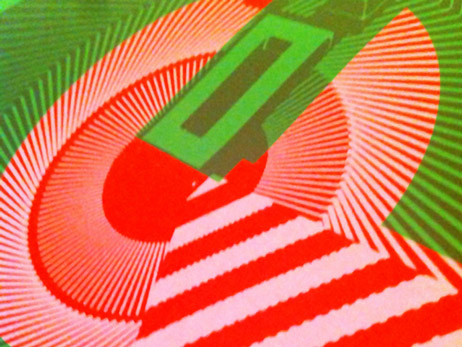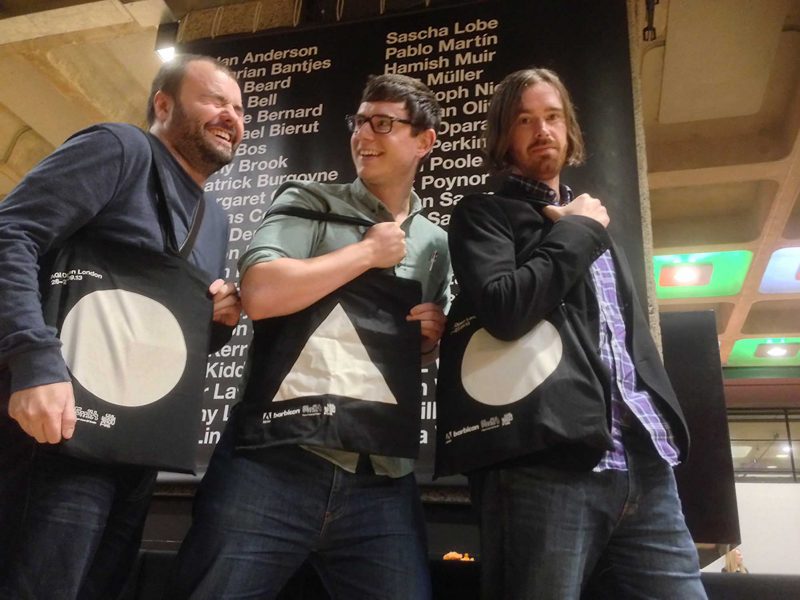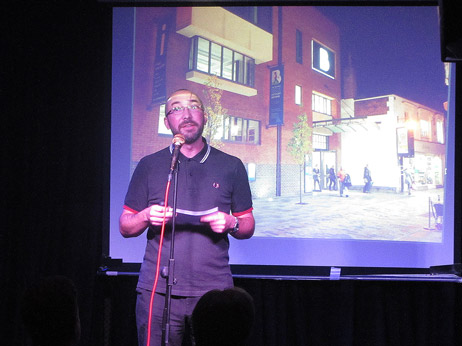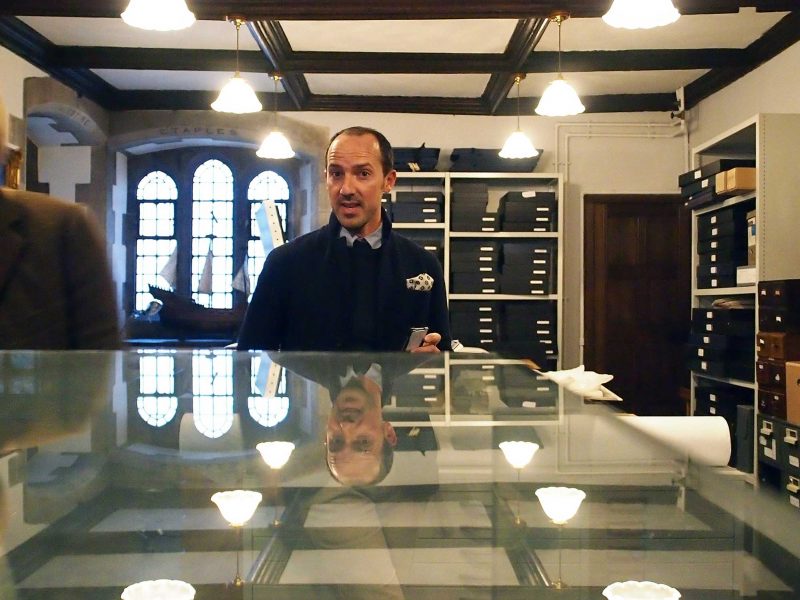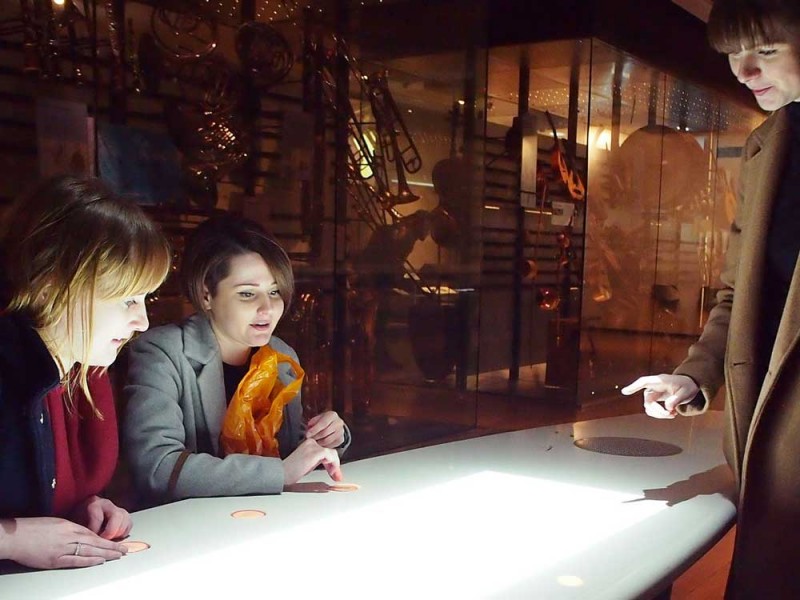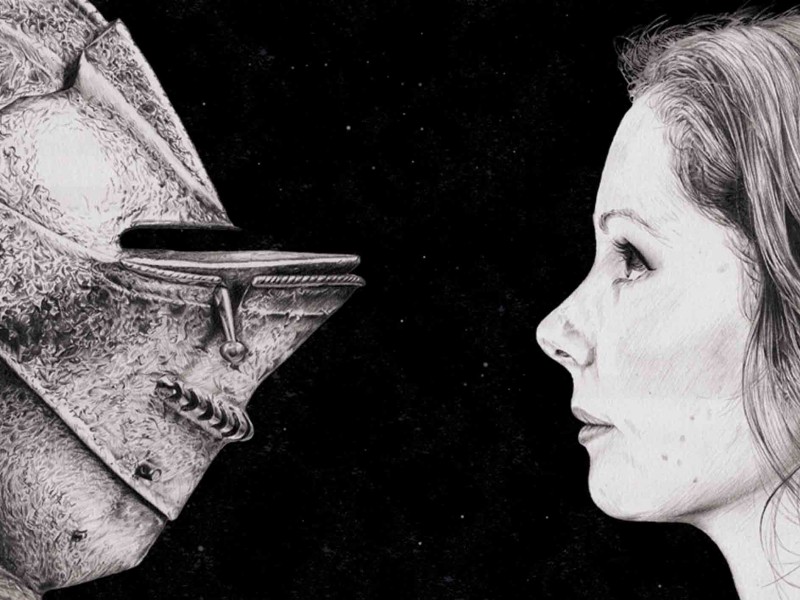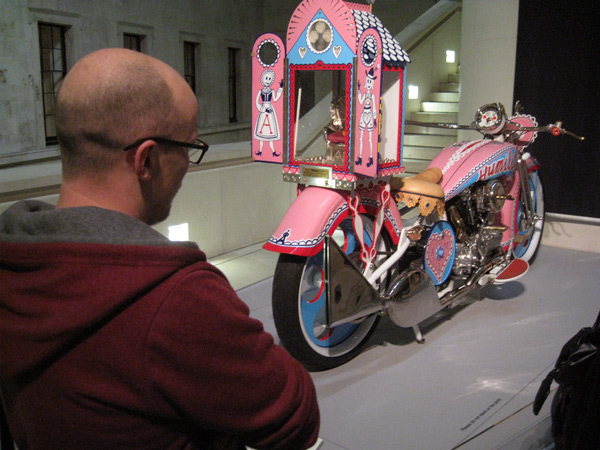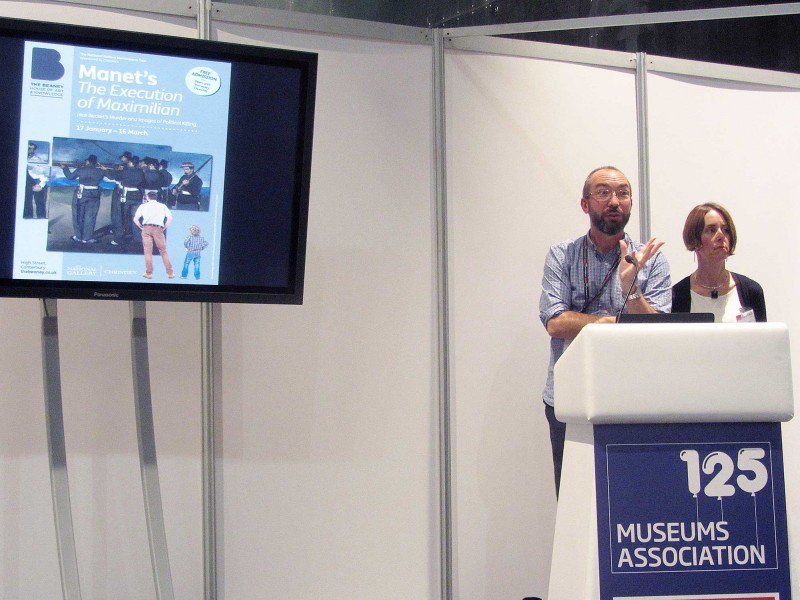Described (by the marketing blurb at Olympia) as the most popular event for the cultural sector, the Museums + Heritage Show (I bet they are regretting using a + symbol in their branding) is a trade show for all aspects of the museum profession. Running alongside the main exhibition, they also run a series of themed talks, which is why I was there.
Museums + Heritage Show 14

It was a rare trip out to west London for me today, to visit the first day of the Museums + Heritage 2014 Show at Olympia. Michael was sent a free ticket which I used so when I arrived, they printed me out a ‘Michael Smith’ name badge. With my new identity intact, I entered the large and bustling exhibition space crammed with stands. The most prominent ones included those for book and artefact scanning, (impressive old fashioned looking machines) all claiming incredible degrees of resolution and flexibility. Running a close second were stands selling app or digital interpretation services – a boom market in the current museum world it would seem. Other stands ran the full gamut from archive database software to inflatable 3-metre tall dinosaurs.
Several talks were also being held. I attended two insightful talks about design and the museums sector.
I thought both talks were useful; one giving pragmatic pointers and the other giving a steer on the creative side of things
Arriving just in time for the first talk, it was standing room only to hear Jamie McCall, Director of PLB, and Peter Vadden, Group Manager of Culture, Improvement & Development at Southend-on-Sea Borough Council and their snappily titled: How to get what you want from your designers … and how designers can get what they want from you! This talk gave useful tools and reminders of the best way to work with clients and also getting their perspective on projects.
The talk covered design tenders from both client and designer perspectives. They seemed to be using dating/relationship metaphors to illustrate the steps of the process. Well that is what I learnt from the slides at least, since the sound was unfortunately very poor and most of their points were lost in the general hubbub of the main exhibition space.
However the tips put forward were useful. Jamie McCall underlined the need for the usual suspects such as clear objectives and budgets, indication of client involvement, access to key decision makers, and a clear and easy process to follow. Peter Vadden not only spelt out what the client was looking for in tenders from designers (accuracy and readability, concise documentation, ease of comparison etc.) but also stressed that clients should know what they are asking for in this early stage, and to be clear with objectives from the outset so designers are in no doubt about what is expected of them. He argued this would foster trust between the two parties which was something they returned to several times throughout the talk. It was interesting also to hear both sides being so candid about how they could support each other in achieving awards and good press. They both called for clear communication between client and designers to stop misunderstandings and for both sides to keep their eyes on the original objectives.
The second talk was on a much more nebulous subject matter, entitled: Why Spirit of Place Matters. It was concerned with how to tell the story of a museum etc. through design. Although there was inevitably some degree of pretentious waffle, it provided an interesting approach to designing for site-specific pieces.
The speaker was Rachel Morris, Director for Content and Vision, from renowned exhibition designers, Metaphor. She was a good, clear speaker (and no problems with the sound this time) as she whipped through a selection of slides that attempted to illustrate her subject. ‘Spirit of Place’ was defined as the ‘story of places’ which in turn was defined as setting a mood or gaining an emotional response from a place. Examples ranged from large outdoor spaces like stately homes and gardens to site specific pieces like the Terracotta Warriors at the Reading Room in the British Museum.
According to Rachel, story is: meaning, uniqueness, authenticity, giving the visitor space to imagine
An example given was their work on the Pennine Lancashire Museum Consortium , where the only brief was for the visitor experience to be communicated to children. So an historic house for example had a replica of the building, fashioned as a dolls house in its welcome area for children to navigate instead of a map. Her next example was work not done by them – Dennis Severs’ House, a place familiar to the Cog team from an earlier Cog night. She praised its ‘density of display’ in creating its world.
Taking questions from the floor it became clear that this approach is hard to apply as a consistent design philosophy as by its nature each place would need a unique approach. She also conceded that visitors sometimes just need the facts not a feeling.
I thought both talks were useful; one giving pragmatic pointers and the other giving a steer on the creative side of things, and they provided insight into the Museum and Heritage sector. The talks had a very professional and focused agenda, which I think design conferences could learn a lot from .



